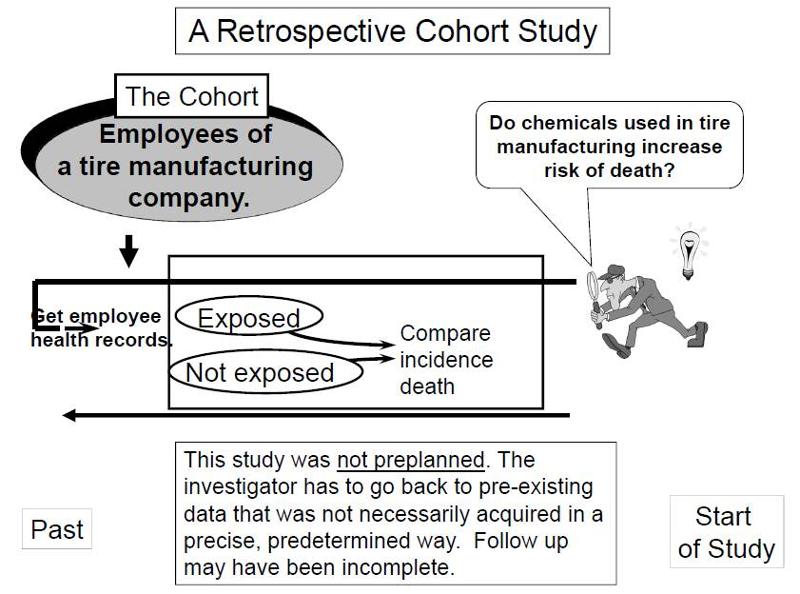
Many of these results also been further validated in experimental settings. 8– 16 In each of these analyses, we analyzed more than a thousand human samples from more than 10 independent cohorts to generate and validate data-driven hypotheses.

We have repeatedly demonstrated the utility of our framework for identifying novel diagnostic and prognostic biomarkers, drug targets, and repurposing FDA-approved drugs in diverse diseases, including organ transplantation, cancer, infection, and neurodegenerative diseases.

Previously, we have described a novel multi-cohort analysis framework for integrating multiple heterogeneous datasets to identify robust and reproducible signatures by leveraging the biological and technical heterogeneity in these datasets. Consequently, many tools, which allow reuse of these data, are unable to combine evidence across multiple data sets and place that burden on the end user, leading to under-utilization of these datasets. 4, 5 However, the biological (tissue, treatment, demographics) and technical (experimental protocol, microarray) heterogeneity present in such data poses a daunting challenge for their integration and reuse. More than two million publicly available gene expression microarrays present novel opportunities to incorporate the real-world heterogeneity observed in patient populations into analysis. 3 As a result, observed and reported effects are often specific to a population subset instead of generalizable across the population. 1, 2 One of the factors in this lack of reproducibility is that traditional, single cohort studies do not represent the heterogeneity observed in the real world patient population. However, the majority of findings fail to validate, leading to a ‘reproducibility crisis’ in science. Prior to translation of the results of a biological experiment into clinical practice, they must be replicated and validated in multiple independent cohorts.


 0 kommentar(er)
0 kommentar(er)
